One of the main features and selling points of the
Matias Quiet Pro and
Matias Mini Quiet Pro is something quite simple and that many wished they could have on their mechanical keyboards: silence.
The
Matias Quiet switch was designed from the start to be quiet, unlike
Cherry MX switches, on which you can use
o-rings to lower the noise a bit, but it doesn't reaches the same level as
Matias Quiet and not everyone likes the difference on the feedback that these rubber bands can do (myself included).
Comparing it to other kinds of keyboards, the noise level that
Matias Quiet switches produce is a bit similar to
scissor-switches membrane keyboards, which are the ones used on low-profile
Apple keyboards and Laptop keyboards.
Simply listening to sound recordings or reading text is not enough to prove anything regarding how quieter
Matias Quiet switches are compared to
Cherry MX, it is necessary to analyze the sounds created by each one through graphics and comparing the amplitude and frequencies generated by each. Thus, to test whether or not the
Matias Quiet are more silent, we recorded 10 seconds of typing using different switches and checked out the results. The recordings used on this test were made using a "
Zoom H2" digital recorder, positioned around 30 cm above each keyboard with the help of a support. A +14.0 dB gain was applied on each of the recording so that the graphs could be easier to understand.
Also, please don't mind that the interface on the software is in Brazilian Portuguese, this review was originally made in Brazilian Portuguese.
But before analyzing the audio, let's establish that:
MX Brown =
GREEN
MX Blue =
BLUE
Matias Quiet =
RED
Keyboards used:
Razer Blackwidow Ultimate (2009 model, iOne) =
Cherry MX Blue
Das Keyboard Model S Professional (old Costar model) =
Cherry MX Brown
Matias Mini Quiet Pro =
Matias Quiet
Amplitude Analysis
First, let's compare first the
Cherry MX Brown with the
Matias Quiet switch:
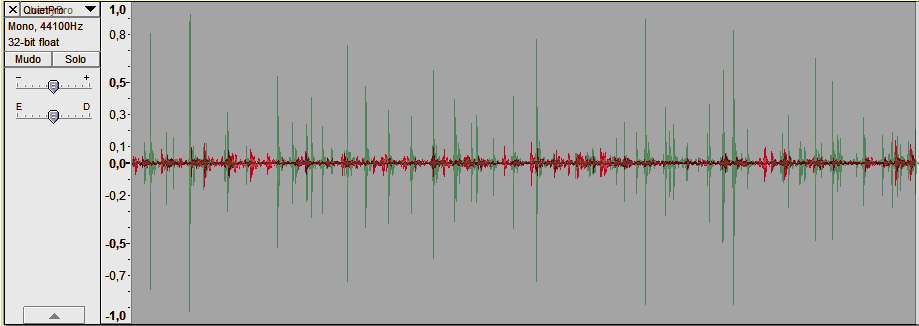
On the graphs it's possible to analyze that the
Matias Quiet is several times more quiet than the
MX Brown switch, the main difference being noticed on how much noise the
spacebar produces, which reaches some very high levels on
Cherry MX keyboards, especially the ones with
Costar Stabilizers. On
Matias Quiet keyboards, the sound of the
spacebar is far quieter, it's not even possible to recognize when people press it.
The same can be verified comparing the
Matias Quiet switch with the
MX Blue switch.
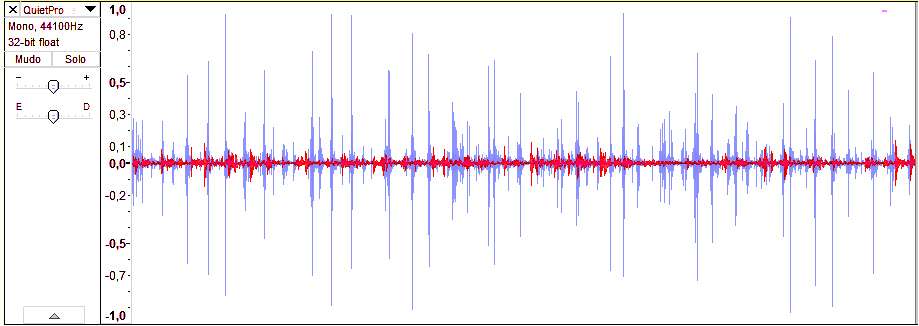
And as an extra, the comparison between
Cherry MX Blue and
Cherry MX Brown:
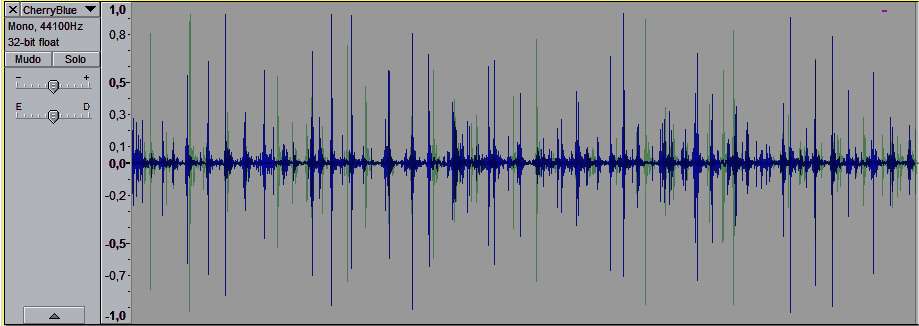
It's interesting to notice that the
spacebar is the main cause for noise at
Cherry MX keyboards and although the amplitude looks just about the same between
Cherry MX Brown and
Cherry MX Blue, what changes between them is the frequencies which are generated. Simplifying what I'll show you guys next, the
Cherry MX Blue makes a "click" sound, the
Cherry MX Brown makes a "clack" sound and the
Matias Quiet makes a "tock" sound.
Frequency Analysis
Cherry MX Blue:
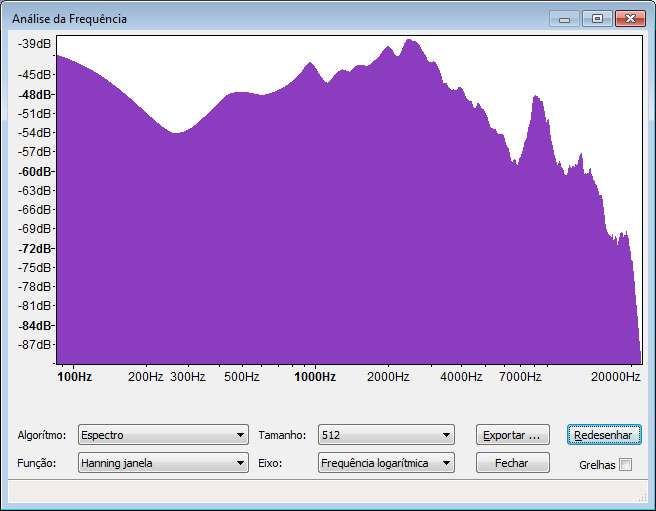
It's possible to verify that the high frequncies (above 7000 Hz) are very loud on Cherry MX Blue switches, especially due to their click mechanism. The low frequency sounds are normally caused by the impact of the key reaching its end and doesn't propagates nor is it irritating (for others) like the high frequency sounds caused by the
MX Blue.
Cherry MX Brown:
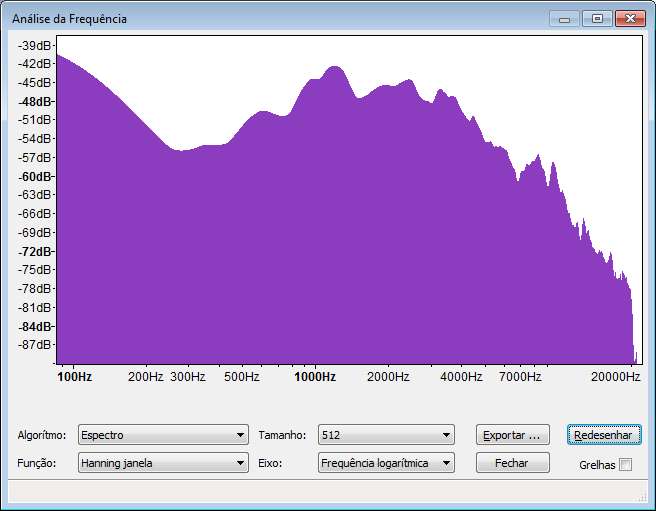
The amplitude of low frequency signals on the
Cherry MX Brown is almost identical to the
MX Blue, although, the medium frequencies and especially the high frequencies are much lower, making the switch more silent (or at least acceptable to others) than
Cherry MX Blue.
Matias Quiet
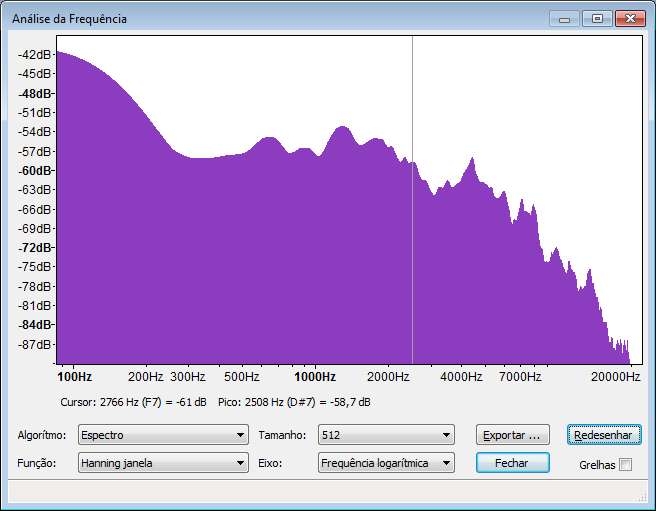
On the
Matias Quiet switch it's very easy to see not only a decrease in the maximum amplitude (which decreases from -39 to -42 dBs), but also at the low frequencies, medium frequencies and
especially high frequency signals. The sound of typing on the
Matias Quiet is a muffled sound, a really quiet sound which has almost no high frequency signals and it's very comfortable to use in places where there are many people since it's actually even quieter than many membrane keyboards.





